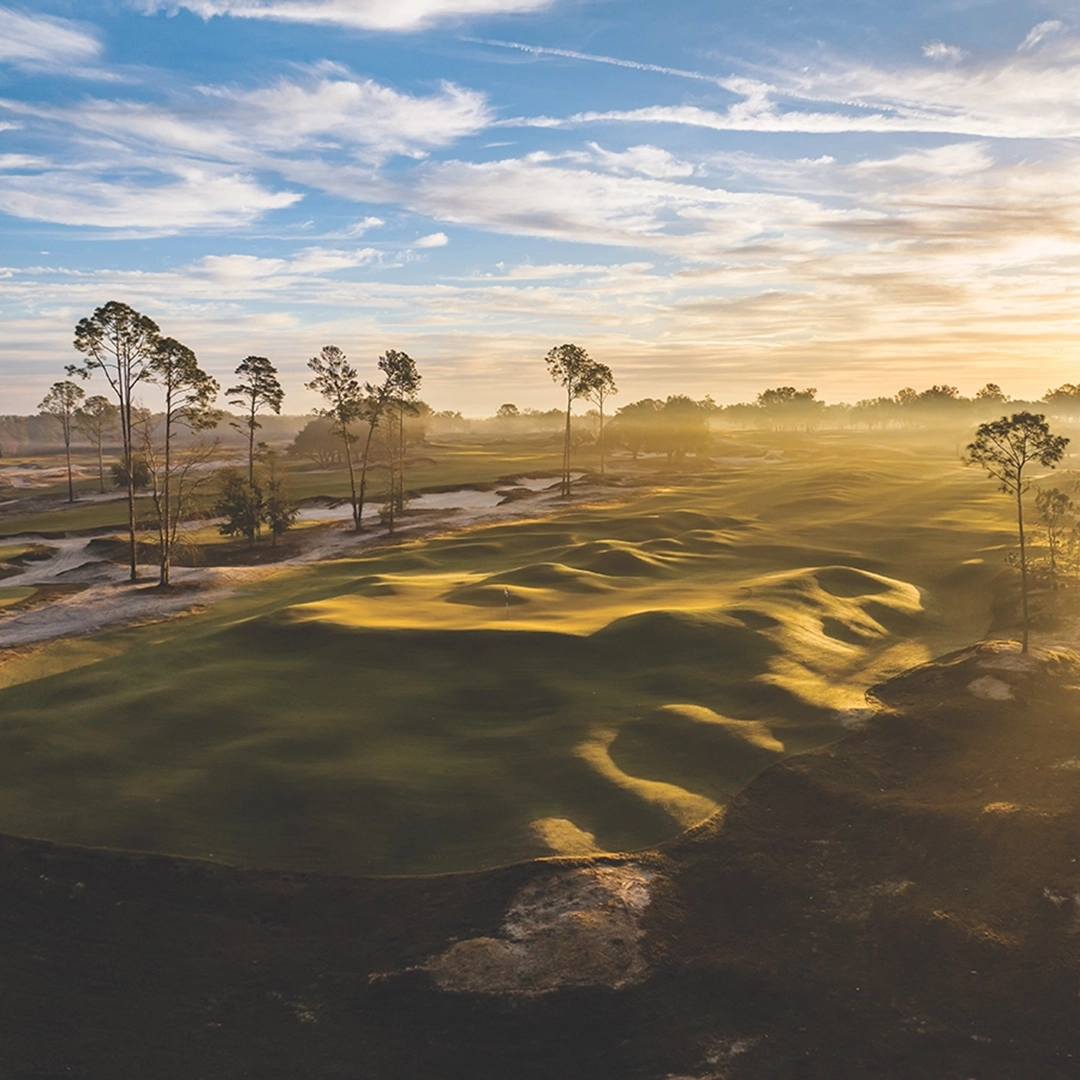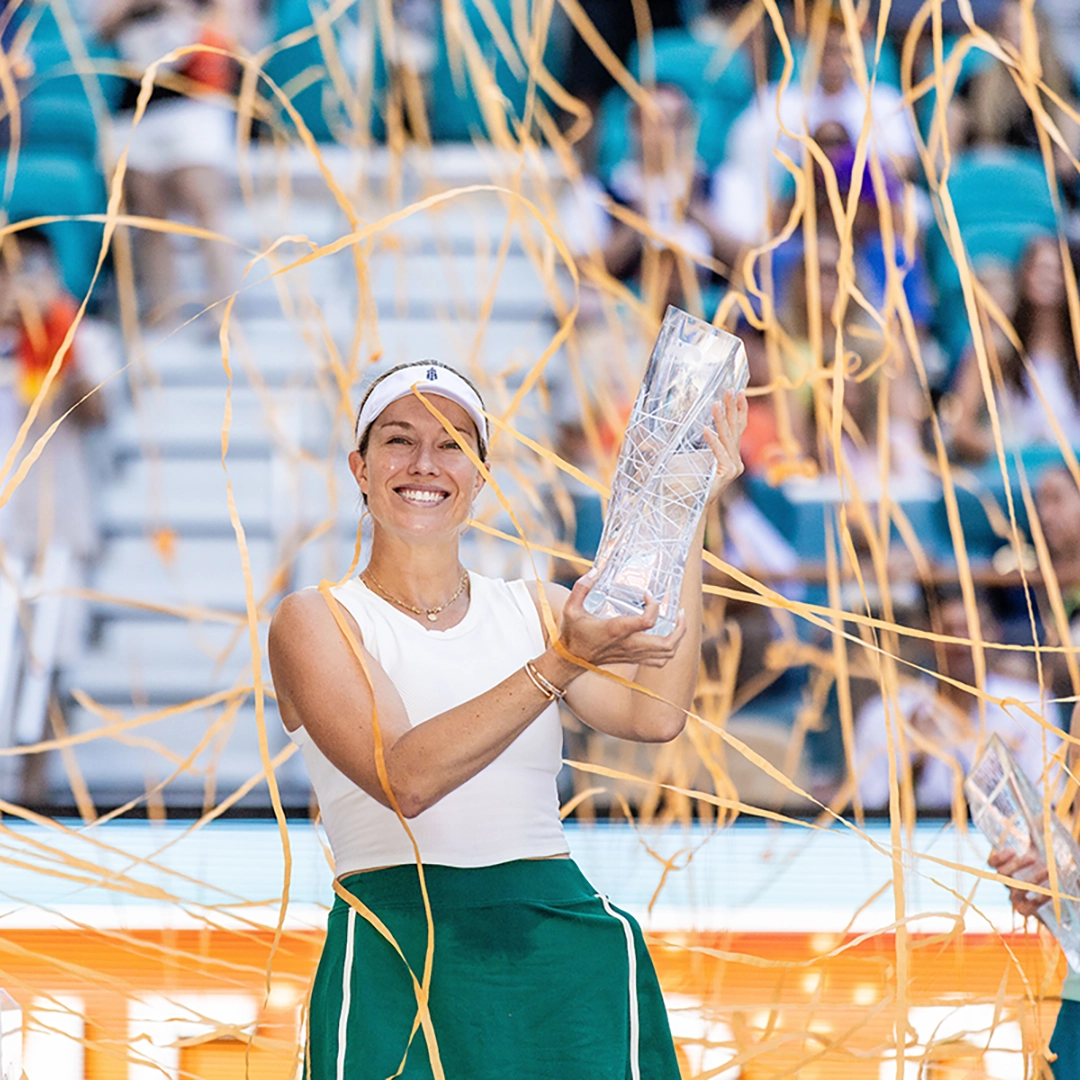by Tony Fabrizio | February 28, 2017
This Ain’t Nascar: A Look at Florida’s Other Iconic Races
Under the hood of two of the most iconic motorsports races (and parties) in the world with flag-to-flag coverage from the grandstands, campgrounds and tracks of Daytona and Sebring
It’s just before daybreak on the last Sunday in January, and Dave Abbey greets his friend Jeff Munford at Albert Whitted Airport in downtown St. Petersburg. Before the wheels of Munford’s 6-seater Saratoga Piper even lift off the tarmac on this crisp winter morning, the two men have already begun counting down the less than 60 minutes before the Daytona International Speedway comes into view over the horizon.

It’s a special day: The pair, as they’ve done for years, are headed to the Rolex 24 Hours of Daytona, where 50 or more sports cars—Porches, Audis, BMWs—race around the clock for a coveted trophy.
Abbey, a buttoned-up civil defense attorney, brims with excitement at the mention of sports car racing, buzzing about owning tickets to the Indianapolis 500 since 1965 and rarely missing Daytona’s famed sports car event. Munford, a former Air Force maintenance and space systems specialist and entrepreneur, shares his passenger’s automotive fever. He first got hooked on sports car racing years ago, after taking his BMW 3 Series to instructional events where he learned how to drive like a pro. Eventually, Munford figured out that he preferred attending races to driving in them and has been a loyal fan ever since.
Once on the ground and inside the freshly renovated speedway, they navigate the sprawling modern complex that presents a throbbing cacophony of sounds: roaring engines, cheering fans and race announcers blasting from somewhere overhead. Dressed in jeans, casual shirts, and windbreakers and topped with racing caps and noise-cancelling headphones, the two connect with Abbey’s brothers-in-law and Bob and David Bach, who slept in their pickup trucks overnight to soak up the full weekend experience.
The race has been rumbling on for 17 hours at this point, but that’s ok. Plenty of time remains to explore the action from multiple vantage points, check out the frenetic activity on pit road, scour vendor row’s souvenir trailers for miniature die cast model cars, and see the day’s drama unfold.

“One of the things that’s different about watching sports car racing is that you can be on the move all the time,” Abbey says. “You can go any place and see the whole track as many times as you want to walk it. There are so many things that can happen—changing track conditions, weather going from light to dark and occasionally some rain.”
Abbey’s group belongs to a breed of enthusiasts who return to the track year after year, drawn by the spectacle, the technology, the star appeal of the internationally renowned drivers and the chance to be firsthand witnesses to history. This dedicated and loyal fan base makes the 55-year-old Rolex 24 and Florida’s other iconic sports car race, the 64-year-old Mobil 12 Hours of Sebring, revered, protected and celebrated institutions.
Unlike NASCAR’s Daytona 500, the Rolex 24 requires a team of drivers for each car and more than 50 cars on the track at once. Multiple races unfold within the larger race, with four classifications of cars each fighting for victory and prized Rolex Cosmograph Daytona watches. The fastest cars, of course, also race for the overall title. For drivers, teams and manufacturers like Porsche and Audi, bragging rights mean as much as prize money.
At the same time, fans can interact with drivers and teams, unlike a NASCAR or IndyCar race, where larger crowds and a rushed schedule make for a less personal experience.
“There’s an intense, relaxed atmosphere at Daytona,” says Scott Pruett, one of two drivers, the other being Florida’s Hurley Haywood, to have won the Rolex 24 five times. “I know it doesn’t make sense putting those words together, but because the race is 24 hours, there is no need to get all jacked up and excited, even though you take it on a very intense level. For fans, it’s more approachable.”
The Rolex 24 unfolds with a carnival-like atmosphere, anchored by a midway in the infield with food, concerts, wine-and-cheese parties and an enormous Ferris wheel. All around, the Central Florida air swirls with the smells of burnt rubber, campfire smoke and concession stand fare. Foodies flock to Taste of the 24, which features dishes from the area’s best restaurants and benefits the NASCAR Foundation’s programs for children. And for those who prefer to find a perch in the grandstands, Daytona Rising—the $400 million reconstruction that was completed in 2016—created some of the best racetrack sightlines available.
“It’s everything,” says Munford. “I love the infield, with all the vendors, the memorabilia and then the race itself. You’re always looking for the big accident to happen right in front of you, but it never does.”
This year, Jeff Gordon made his debut at the round-the-clock race and made history—he’s one of three drivers, including Mario Andretti, who’ve won both the Daytona 500 and the Rolex 24.

SOMETHING ABOUT SEBRING
In 1952, the Sebring International Raceway began as a repurposed World War II airfield, part of which is still used in its current configuration. The 65th running of the 12 Hours of Sebring, its signature event, takes place March 18. The race inspires fierce devotion from its fans, most of whom will travel a great distance to the remote location in south-central Florida.
Doug Morton grew up about 45 miles from the track and, in 1988, first attended the race as a junior in high school. Not knowing what to expect, he found himself immersed in a world of beautiful cars, ear-splitting noise and rabid fans and encountered a scene in The Zoo, Sebring’s famed infield campground, such as his young eyes had never seen.

“There was this man dressed up like a clown with a whistle, and he had his hands painted fluorescent orange, and he was directing traffic,” he recalls. “Just seeing people doing weird, crazy, wild things, broke me into, ‘Wow, this goes on in real-life?’”
Morton was hooked. Now a lab coordinator for a water supply authority in Arcadia, he is a preeminent collector of all things Sebring, possessing a museum-quality stash of programs, tickets, posters, credentials, pins and news articles dating as far back as the early 1950s.
Morton’s most prized possessions—his oral histories—don’t fit in a case or on a wall. He passionately recounts great moments in racing history that others have shared, like the story of British racing legend Stirling Moss, who, during the 1957 race, reportedly slowed his Maserati in the track’s treacherous hairpin turn so famed photographer Bernard Cahier could hand him a bottle of Coke.
“Sebring has so much history to it. If it’s not saved and archived and talked about, that history will disappear,” Morton says. “So I archive everything I can and hope to pass it on to the Sebring Hall of Fame or Historical Society or somebody who will keep it after I’m gone.”
Sports car racing buffs, especially those who make the pilgrimage to Sebring, include an eclectic mix, from corporate executives, celebrities and socialites to the wilder spring break party crowd.
“The fans are as much a part of the show as the race,” says Ken Breslauer, Sebring Raceway historian and communications director. “We have people who’ve reserved the same trackside spots for 30 or 40 years. There are probably about 60 to 70 organized campsites with names and logos, like F-Troop, Turn Ten Club, Party Barge. My favorite is Taj Maholics. They plan their year around this event.”
On race weekend, Sebring splits up into neighborhoods, with likeminded fans congregating. “It’s a reunion, a party, a cookout, a tailgate—and yes, by the way, there is a race,” Breslauer adds.
Not unlike Daytona, Sebring envelops its fans in a total sensory experience, from the hum of the finely tuned engines to the scent of local orange blossoms that hangs in the air. Says Morton, “When I meet someone who’s been to the race, they usually have a story to tell. It’s a camaraderie among the different generations of fans—old, young, international and local. We might not agree on everything, from politics to religion, but we agree that Sebring is a special place to watch sports car racing.”
FLORIDA’S IMPACT
Even without sports car racing, Florida has a major presence on the motorsports calendar. Daytona hosts NASCAR’s Great American Race—the Daytona 500—in February, and Homestead-Miami Speedway stages the NASCAR championship weekend in November. In between, Gainesville Raceway hosts NHRA Drag Racing’s nearly 50-year-old Amalie Motor Oil Gatornationals, and St. Petersburg gets the cars and stars of IndyCar racing for its downtown grand prix.

But the two sports car races arguably position Florida as the No. 1 state for major league auto racing. In fact, the races have become even more famous abroad than at home.
“They’re the two most prominent long-distance races in the world, along with [the 24 Hours of] Le Mans,” says Hurley Haywood, 68, the most accomplished American endurance racer in history, with five overall victories at Daytona and two at Sebring. “We are lucky to have both of those races and racetracks in this country. Both have been international affairs…a lot of Europeans coming over. They go back and tell their friends, and that’s good business for everybody.”

RACE STARS
The International Motor Sports Association (IMSA), which sanctions the sports car races Rolex 24 and Sebring 12, has two classes of prototype cars—purpose-built racing machines—and two classes of touring cars, which are based on their respective production models. Owners and fans of Corvettes, Porsche 911s, Lamborghini Huracans, Ford GTs and Audi R8s can root for their racecar equivalents.
Cars matter, but so do the drivers. International all-star driver lineups add luster at Daytona and Sebring. Daytona attracts top drivers from NASCAR and IndyCar, since the seasons have yet to begin for those series.
“If you go back and trace the guys who have raced at Daytona or Sebring, it’s a who’s who of racing,” says Haywood, who lives in St. Augustine. “Every famous driver you’ve ever heard of raced in one of those two races—Paul Newman, Steve McQueen and Patrick Dempsey.”
Among other celebrities who’ve raced at Sebring: James Brolin, Gene Hackman, Lorenzo Lamas, David Carradine, Dick Smothers and Walter Cronkite. Yes, the famed newscaster drove a Lancia in the 1959 race and witnessed a fatal crash during pre-race practice when Edwin Lawrence flipped his Maserati multiple times.

“The iconic race in Sebring history was in 1970, when Steve McQueen just missed winning,” Breslauer says. “He was co-driving with Peter Revson, the heir to the Revlon cosmetics fortune, and they were driving a Porsche that had no business competing for the overall win. Yet they were leading with only a few minutes left when Mario Andretti swept passed them. The fact that McQueen, who was driving with a broken ankle, nearly won the race has been the classic moment in Sebring history.”
MORE…
Drivers Ed: Across the state, here are three of the best pro driving pit stops





